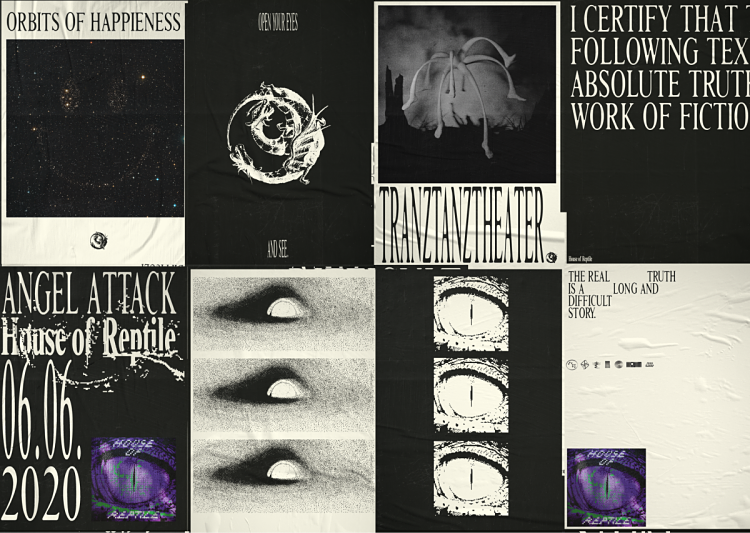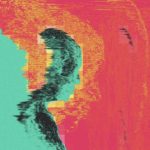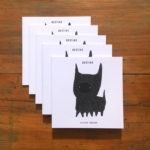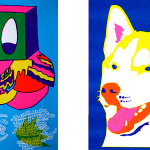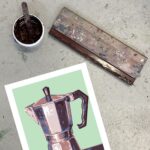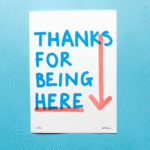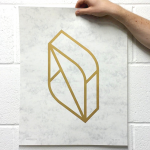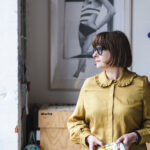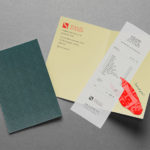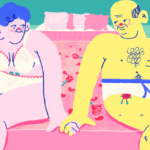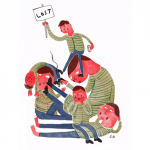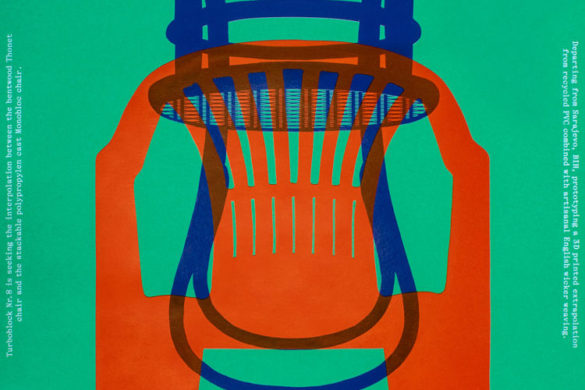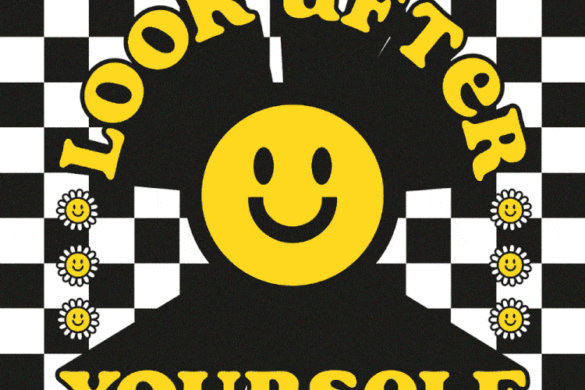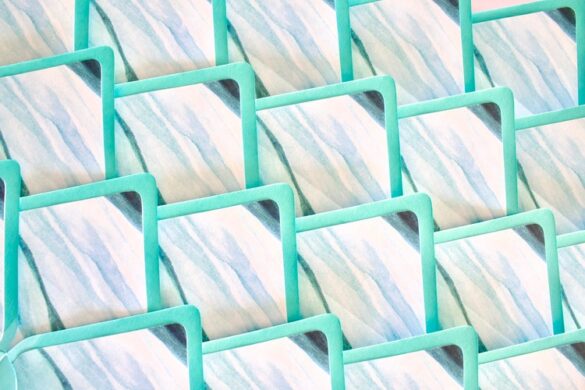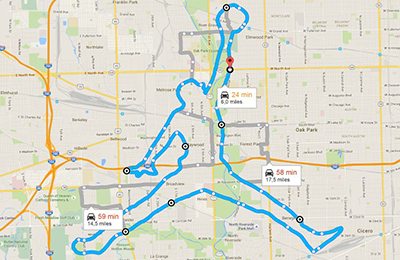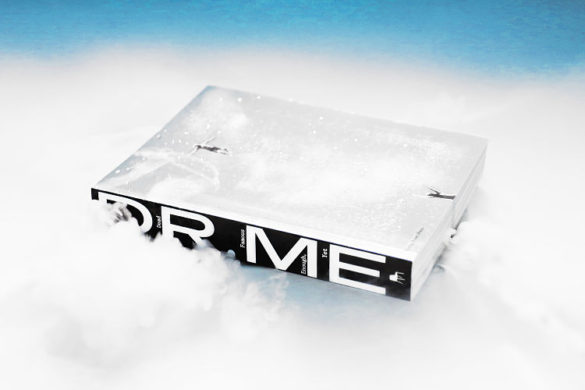“I was at a point where I was just sitting in meetings instead of being a designer or art director and I really questioned if this is what I want to do in the future,” says Malte Gruhl, reflecting on the moment he hit on the idea of setting out on his own.
At that point, he was head of design at Sid Lee in New York. “It felt like being on such a linear path, in five years you can have this title, in ten you will do that, it felt like looking into the future and it definitely wasn’t the one I wanted to have,” he explains.
By then, he’d certainly gone all guns blazing on agency life. Having grown up in North Germany, he then moved to Berlin and later on lived in New York and London and also spent some time in LA.
He lived in New York in 2010 and again in 2017, and describes a “love affair” with the city. “I love the speed and the hustle, the talent you are surrounded with, it is truly a place where you can reach new levels as a creative but I can see how people get burned out over there,” says Gruhl.
In London, he worked as a design director at R/GA with clients like Beats and Nike, as well as working as a freelance consultant for design studios, agencies and directly with clients.

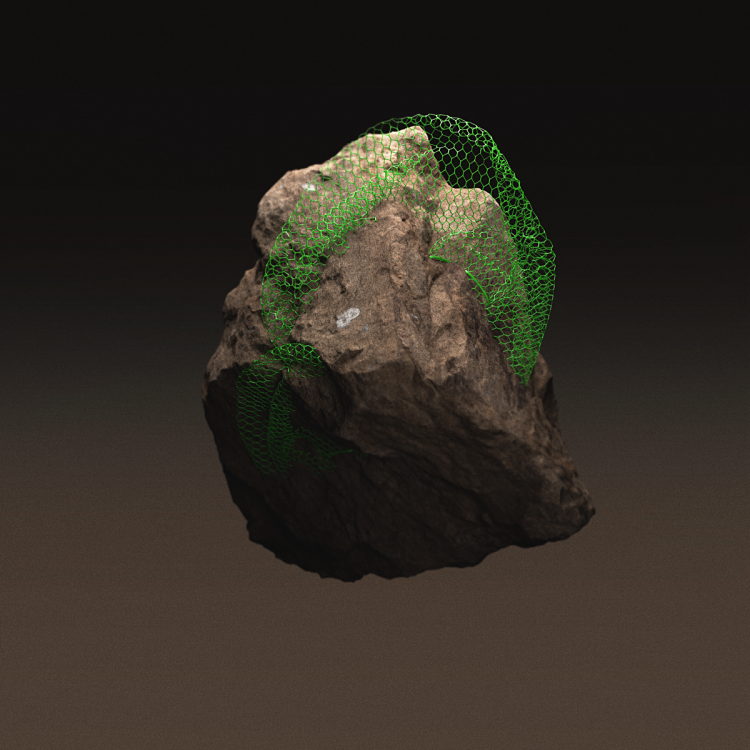 “Working directly with clients was especially insightful. In bigger agencies there are so many layers of people between you and the client, it’s quickly like playing telephone,” he says. “On the other side, if you sit in the same room as your client you learn what drives them and you hear about their business or product challenges. It makes it way easier to find the right strategy and visual direction for them.”
“Working directly with clients was especially insightful. In bigger agencies there are so many layers of people between you and the client, it’s quickly like playing telephone,” he says. “On the other side, if you sit in the same room as your client you learn what drives them and you hear about their business or product challenges. It makes it way easier to find the right strategy and visual direction for them.”
Gruhl originally studied digital media, “which was something like media art, so more like digital installations, interfaces for futuristic devices, that kinda stuff,” he says. As part of his uni course, he took a semester abroad in New Zealand, which is where he got into “more classic graphic design,” and his own studio’s output today is testament to his interest in both that side of the design world and the more conceptual approach he’d learned from his art background.
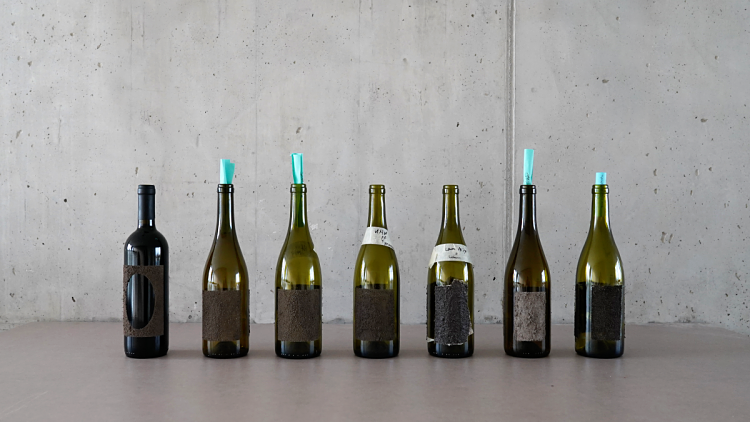 As a kid in the 90s, his first inkling of a passion for visual culture was in his love of graffiti. “It was everything to me when I was younger,” he says. “It was so interesting to see how friends and other crews developed and seeing styles from different cultures in magazines.
As a kid in the 90s, his first inkling of a passion for visual culture was in his love of graffiti. “It was everything to me when I was younger,” he says. “It was so interesting to see how friends and other crews developed and seeing styles from different cultures in magazines.
“Back then I didn’t really know typography or colour theory, we just kinda had to figure it out by ourselves. A book about color theory would have saved me a lot of time though.”
Later on, he began to draw inspiration from the likes of Storm Thorgerson and Neville Brody, as well as Günther Kieser’s jazz posters and his “physical approach to graphic design.”
Such influences and many more merge in Studio Gruhl’s approach to graphic design and identity creation, which are described as being built on cross-disciplinary thinking and aiming to “always challenge the status quo.”
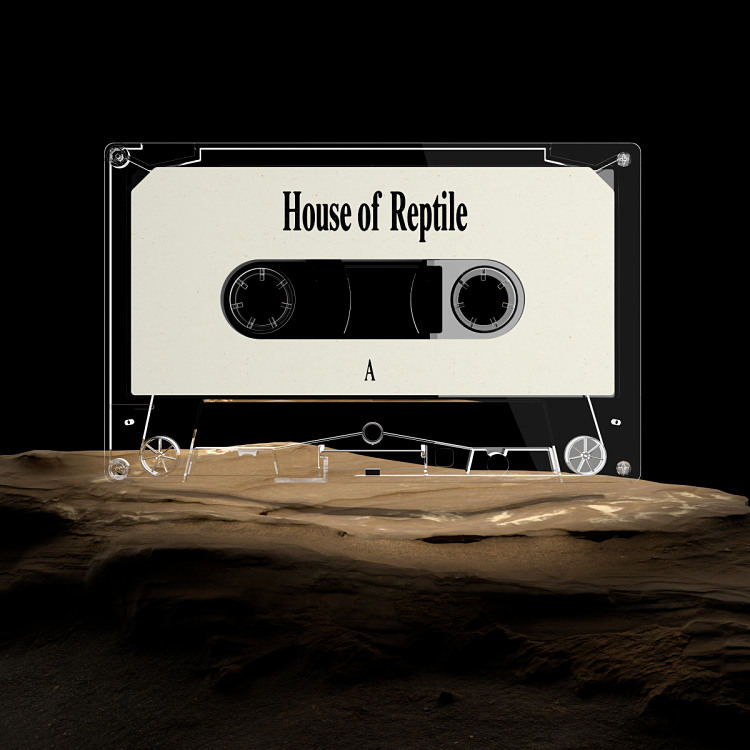
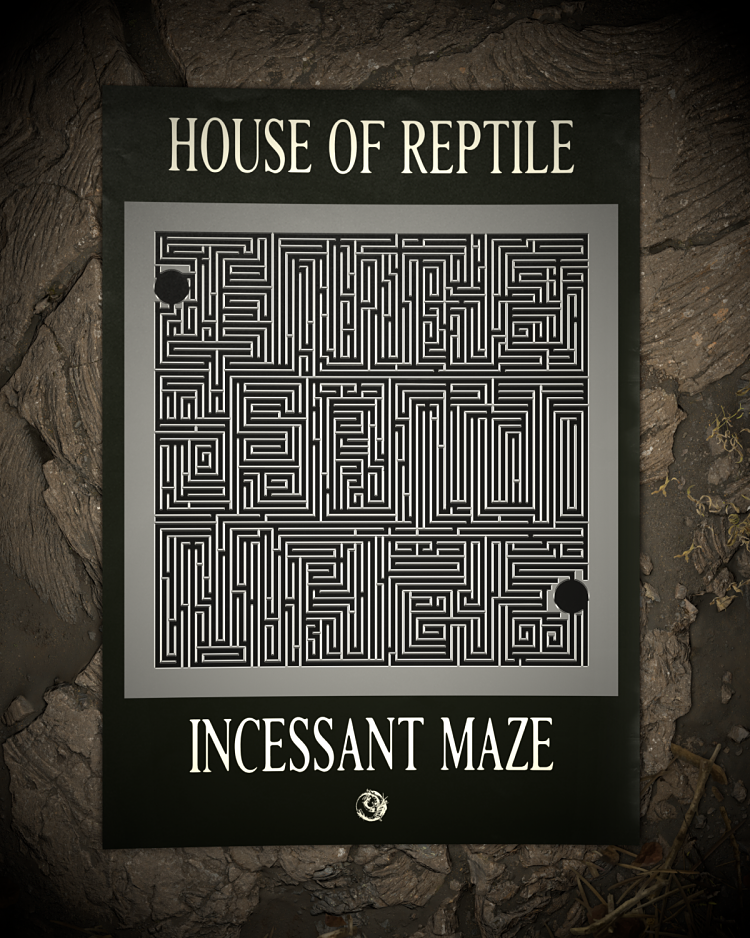 One of the best bits for Gruhl about now running his own studio is collaborating with other creatives.
One of the best bits for Gruhl about now running his own studio is collaborating with other creatives.
“It’s always exciting to see it grow and the possibilities of what it can become are endless,” he says. “Every project or new hire can have an influence and open new doors and I think that’s very thrilling and keeps it fluid.”
For us, one of the standout projects is the work for House of Reptile, a record label based in Peckham, south London. Gruhl had worked with the label founder in the past, before House of Reptile came into being. “He and I both come from different countries but grew up with electronic music so talking with him about concepts, or emotions in the music was very aligned and it created a lot of trust,” says Gruhl.
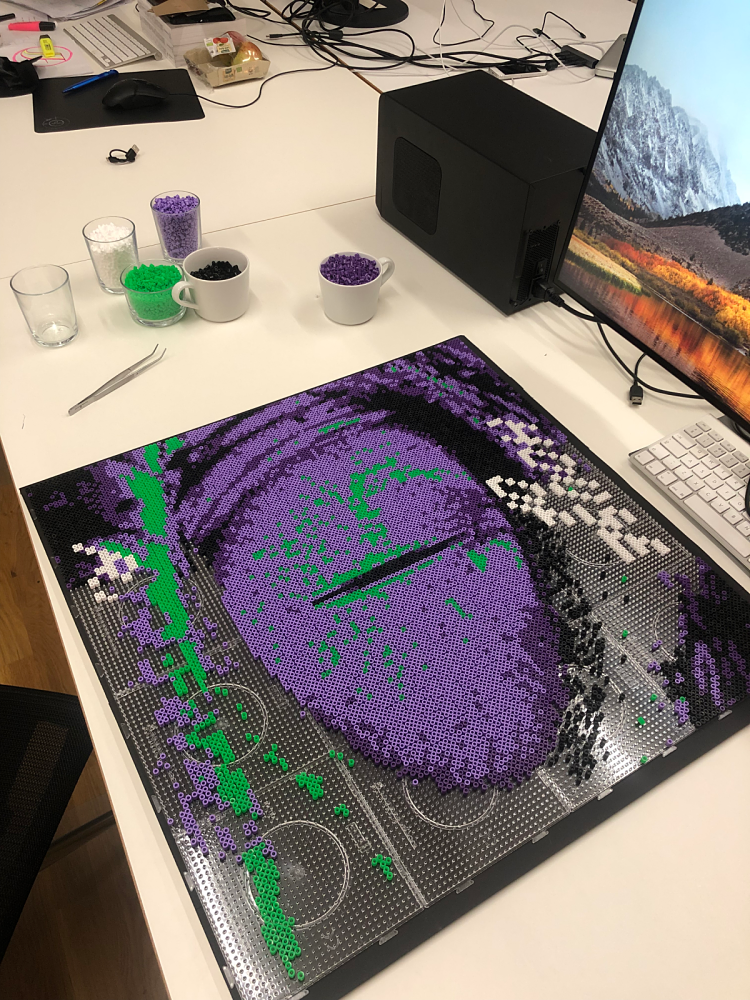
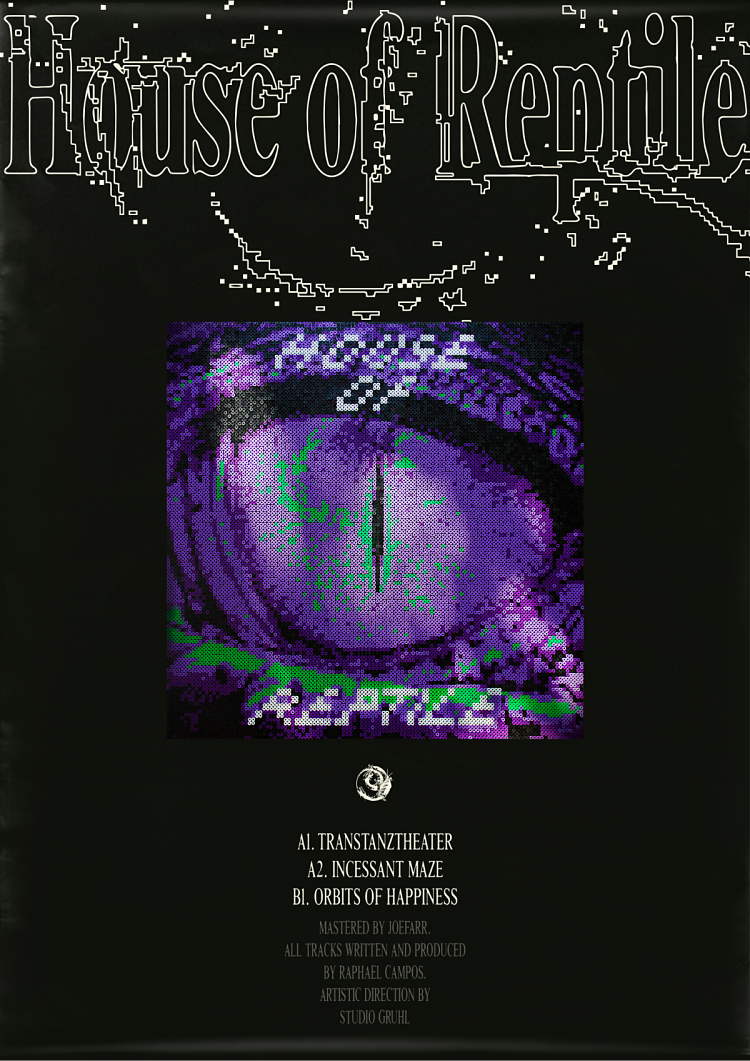 The first EP they worked on together was based on an artwork created by hand-setting 13,500 beads. “We were looking for a way to mirror his experience of creating a label, reflecting this tedious process of creating something step by step from nothing,” he adds.
The first EP they worked on together was based on an artwork created by hand-setting 13,500 beads. “We were looking for a way to mirror his experience of creating a label, reflecting this tedious process of creating something step by step from nothing,” he adds.
It’s a perfect example of the conceptual standpoint from which Studio Gruhl projects begin. Another is a series of labels for a vineyard, which were based around the idea of making people feel a connection to nature and the site’s heritage. In the end, the vineyard’s actual soil was used on the bottle labels, a result which began as the designers questioning the possibilities of the label’s form.
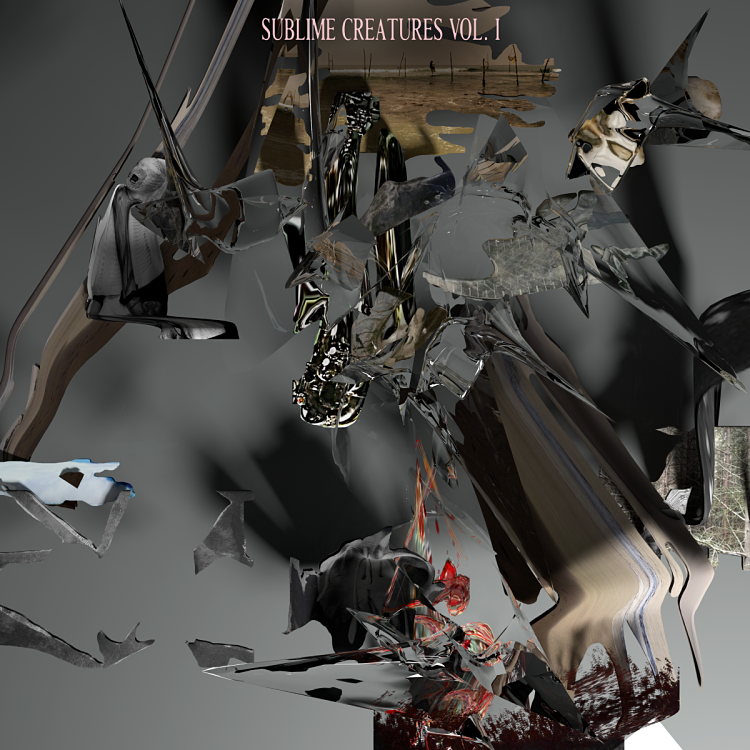
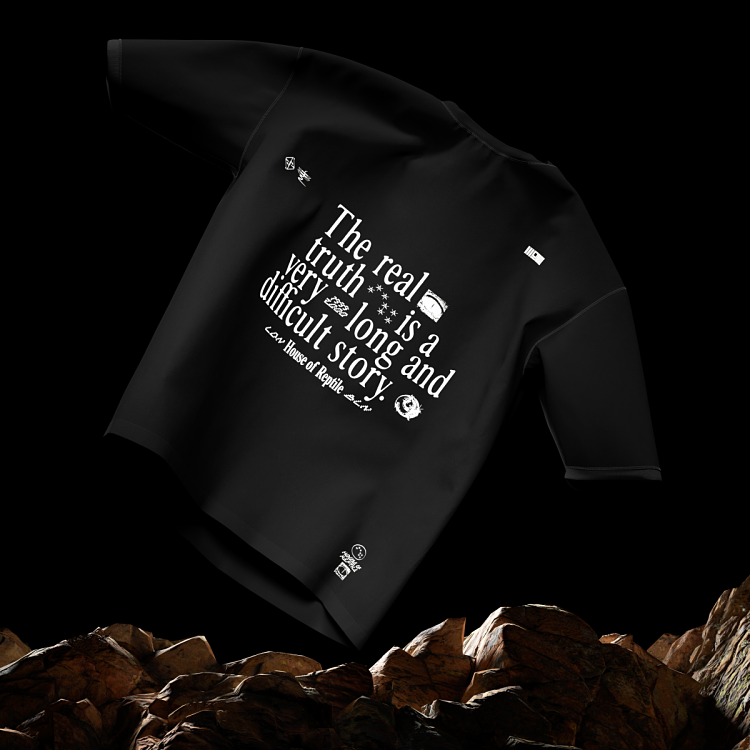 For Gruhl, the design process “always has to start with the ‘why’,” he says, “it helps you think deeper and find solutions which are not obvious but in the end it’s truly creating meaning if you can solve it.
For Gruhl, the design process “always has to start with the ‘why’,” he says, “it helps you think deeper and find solutions which are not obvious but in the end it’s truly creating meaning if you can solve it.
“One of the most beautiful things about design is how you can always learn something new. You are never done, there is always something you don’t know. This interest in new things really drives our work.”
You might like...
- Autobahn - November 26, 2021
- Alphabetical - November 12, 2021
- SOFA Universe - November 8, 2021

